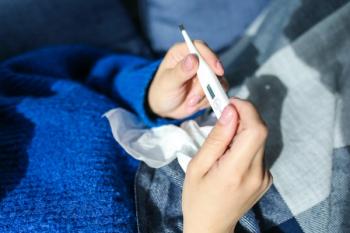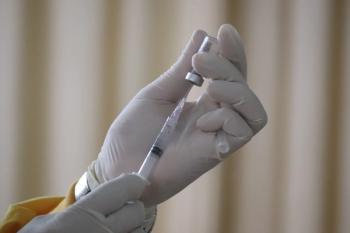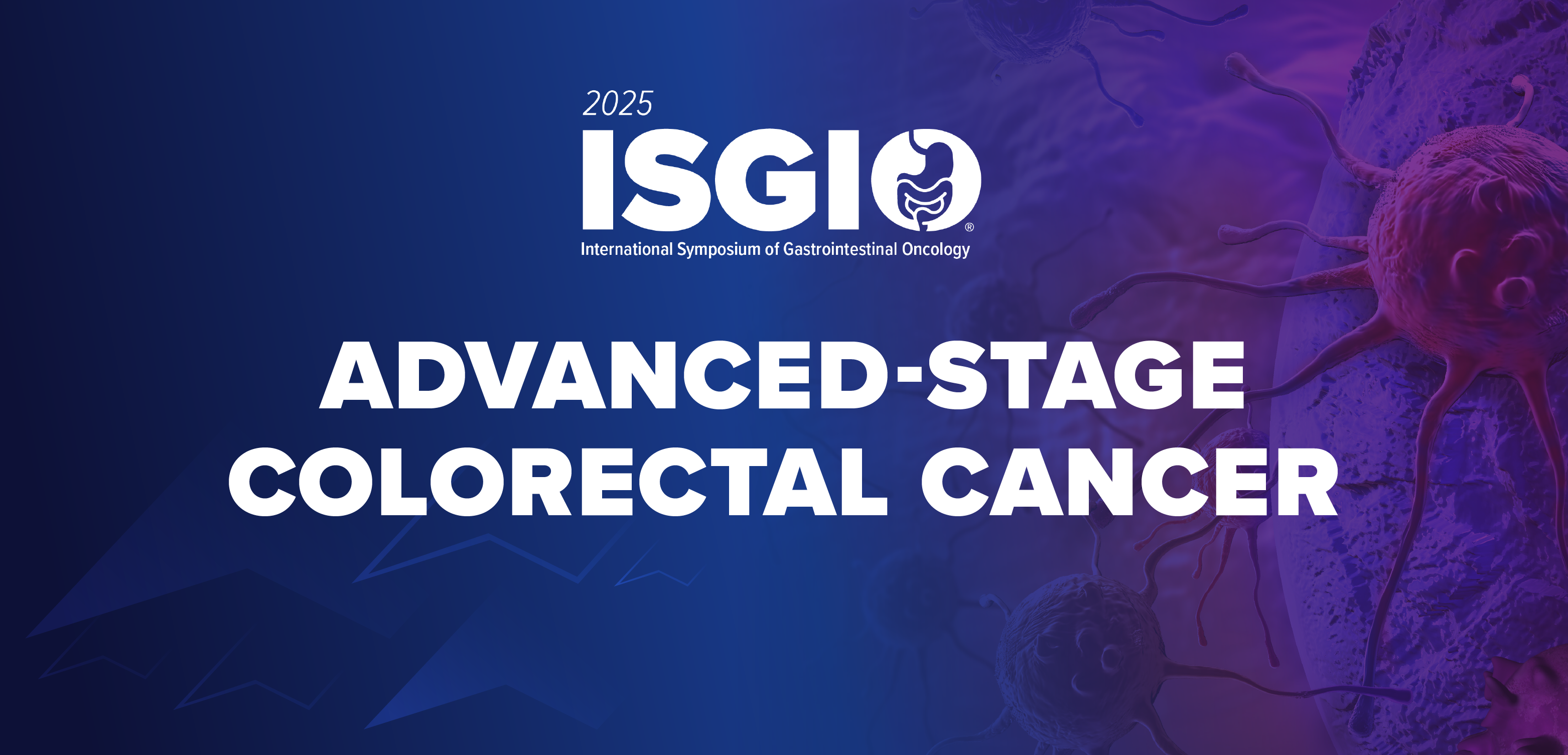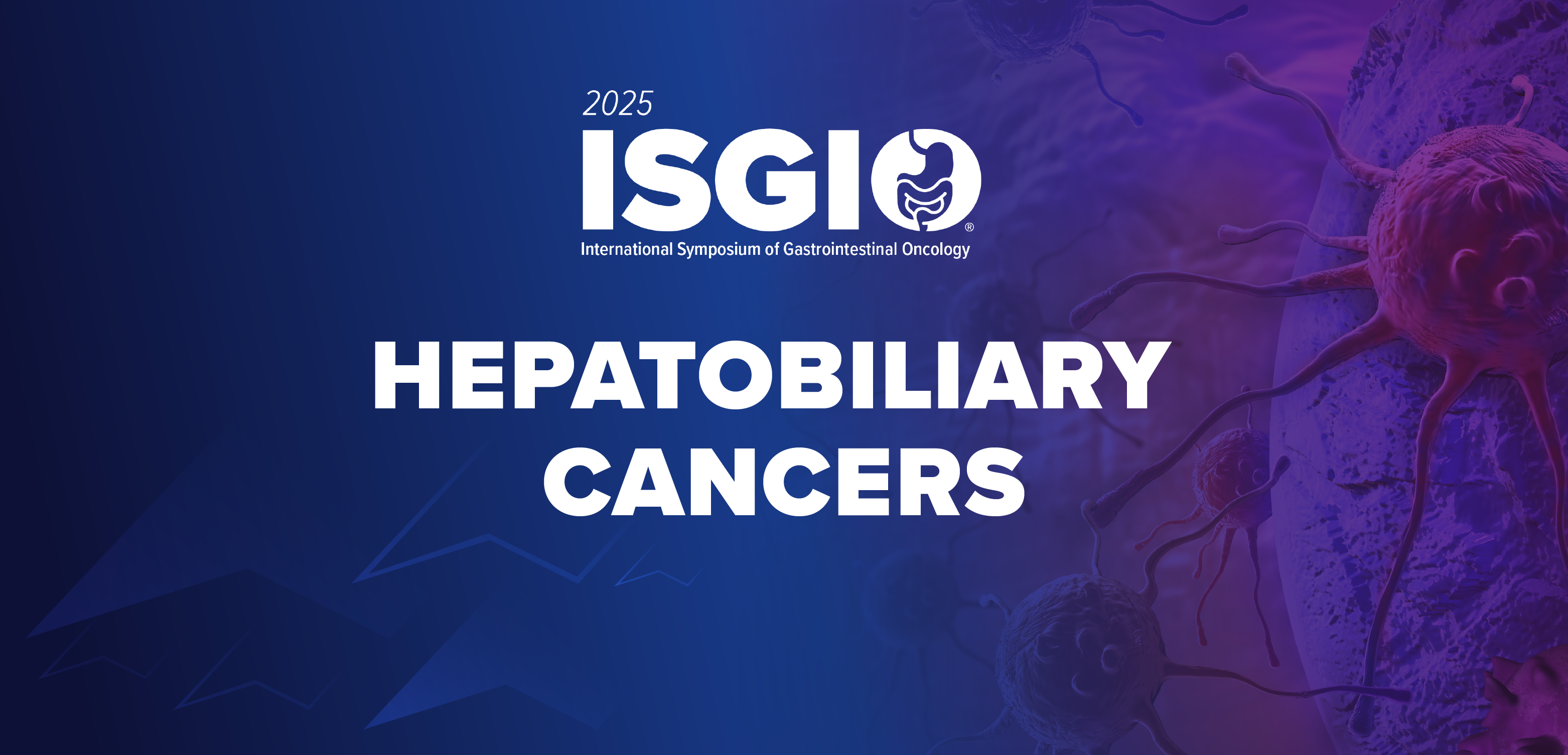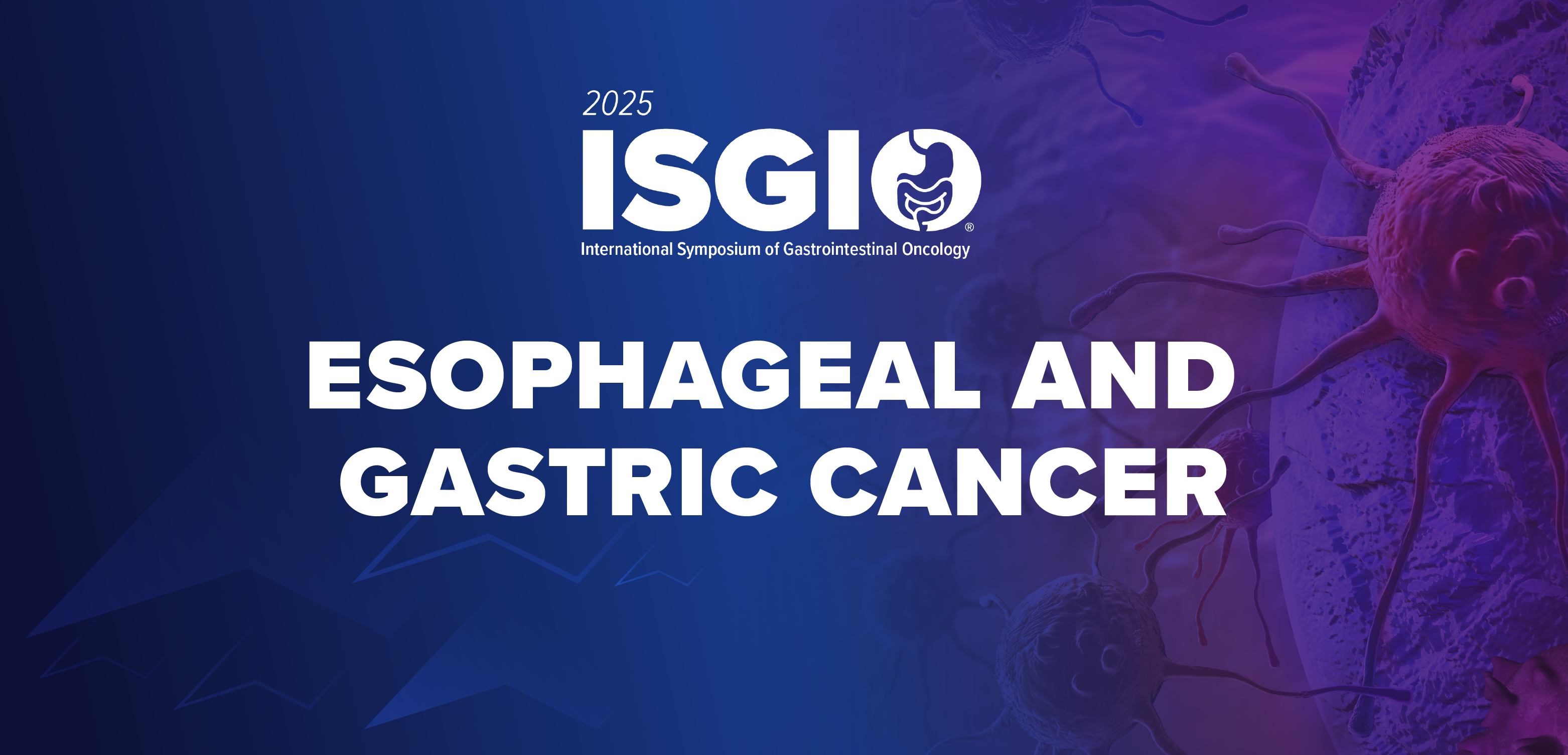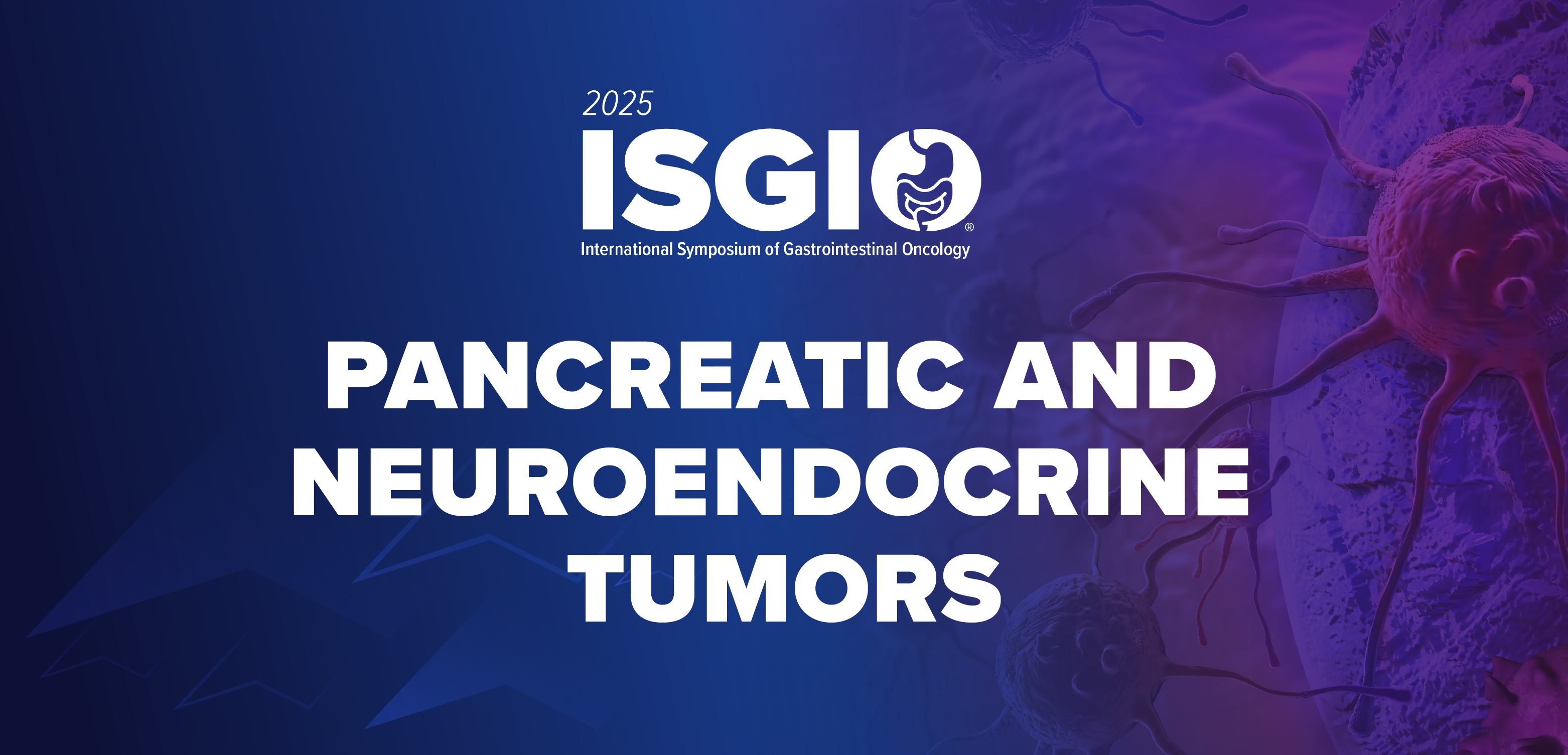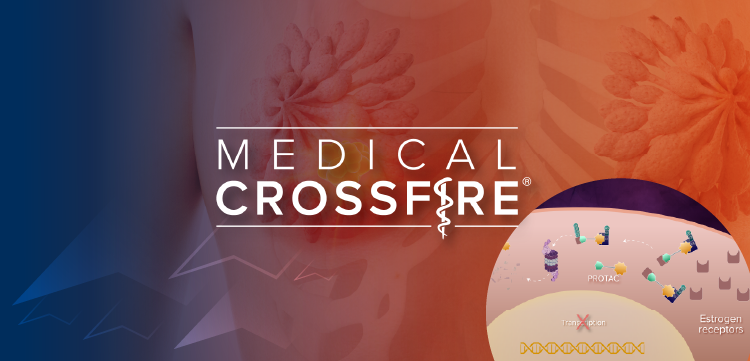
Comparing N95 Respirator Mask Decontamination Methods
A study team assessed 4 methods of N95 mask decontamination, with results suggesting that proper procedure can allow the reuse of masks 2-3 times.
A study team publishing in
Due to global supply chain disruptions of personal protective equipment (PPE), decontamination of single-use items has come into focus as a potential way to extend the world’s PPE stockpiles. Authors emphasized that a proper fit is essential to the masks continuing to work.
While N95 respirators are designed to be used once, there is a historical basis for decontaminating the masks during outbreaks of other respiratory viruses.
The team analyzed 4 decontamination methods:
- UV light (260—285 nm),
- 70ºC dry heat,
- 70% ethanol,
- and vaporized hydrogen peroxide.
For each of the decontamination methods, the investigators compared the normal inactivation rate of SARS-CoV-2 on N95 filter fabric to that on stainless steel.
“Using quantitative fit testing, we measured the filtration performance of N95 respirators after each decontamination run and 2 hours of wear, for 3 consecutive decontamination and wear sessions,” investigators reported.
Experiments suggest that the filtration performance of the N95 respirator was not substantially reduced after 1 decontamination using any of the decontamination methods.
Subsequent rounds of decontamination caused sharp drops in filtration performance of ethanol-treated masks:
- Vaporized hydrogen peroxide treatment caused rapid inactivation of SARS-CoV-2 virus and preserved N95 respirator integrity under experimental conditions for 3 uses.
- UV light killed the virus more slowly but preserved respirator function almost as adequately.
- Dry heat at 70ºC killed the virus with similar speed to UV and is likely to maintain acceptable fit scores for 1—2 rounds of decontamination but should not be used for 3 rounds.
- Ethanol decontamination reduced N95 integrity and is not recommended.
The amount of time required for decontamination depends upon the concentration of virus contamination.
Newsletter
Stay ahead of emerging infectious disease threats with expert insights and breaking research. Subscribe now to get updates delivered straight to your inbox.

